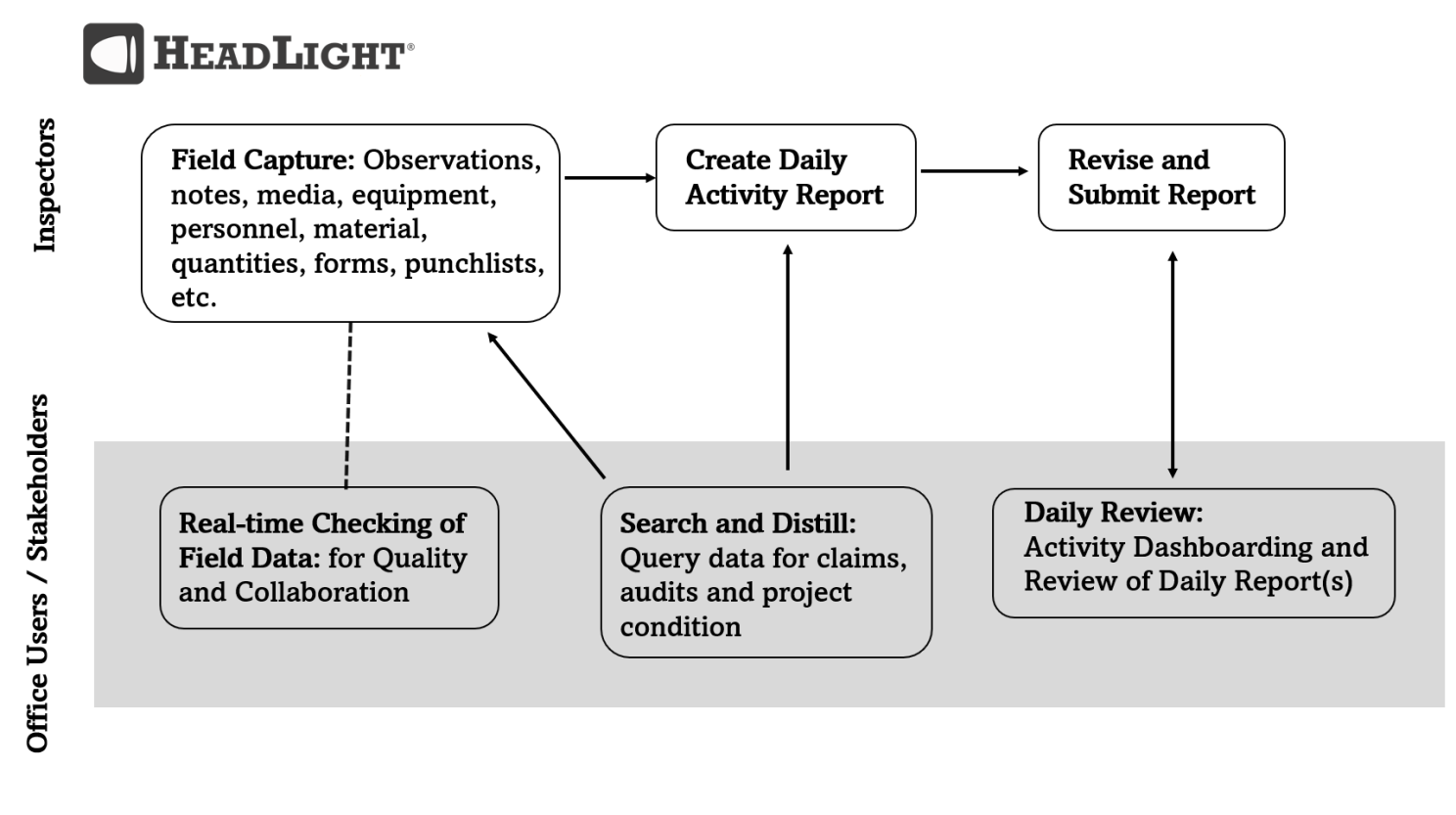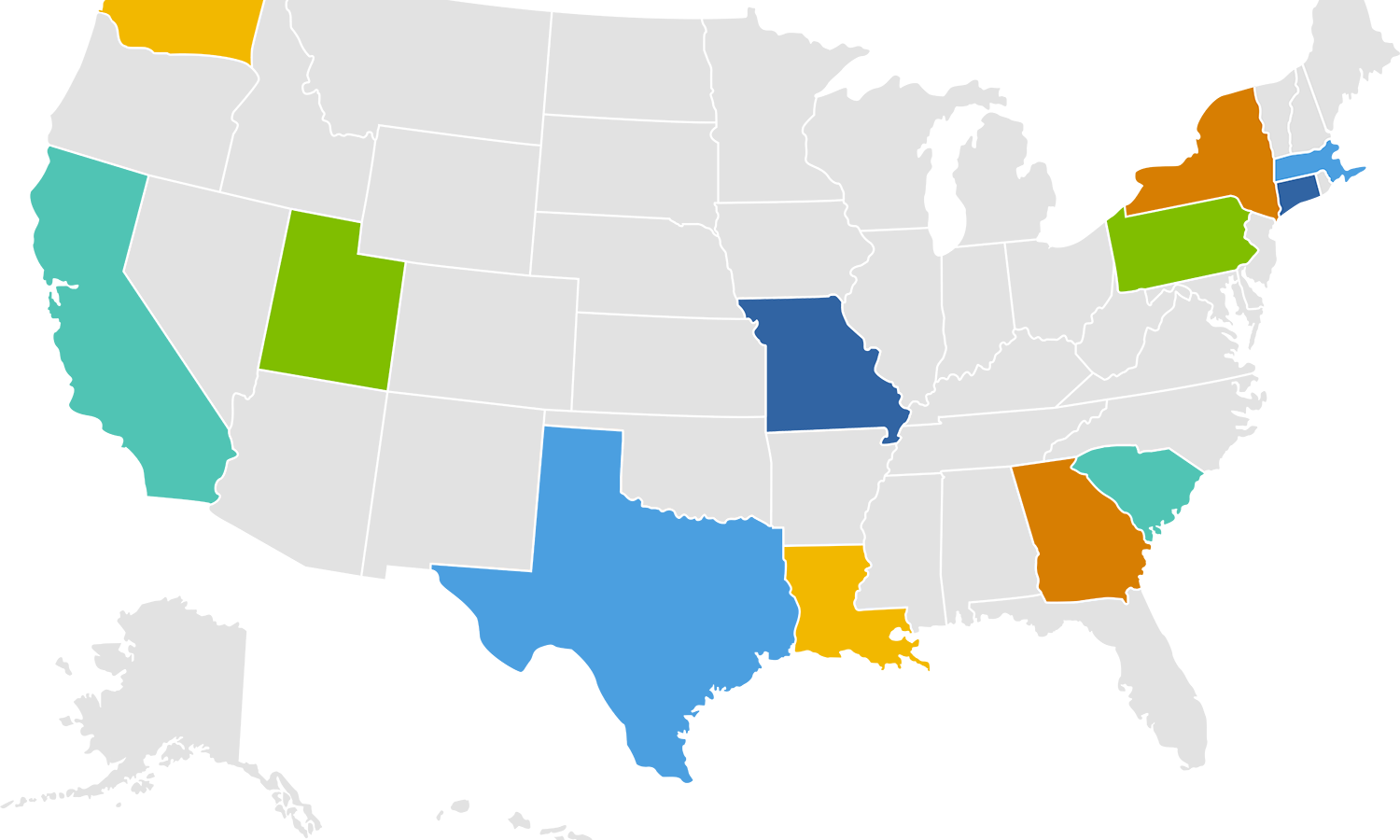Author: Neal Niemiec M.S., Sr. Director Solutions Engineering
Public-Private Partnerships
A growing trend in transportation construction is more public-private partnerships (PPPs) and we expect more over the next five years. PPPs are one way that public entities are funding infrastructure projects. Public-private partnership (PPP) is defined as a long-term contract between a private party and a government agency for providing a public asset or service, in which the private party bears significant risk and management responsibility.
In fact, this trend started nearly 20 years ago where between 1994 and early 2006, $21 billion was paid for 43 highway facilities in the United States using various “public-private partnership” models. As the trend continues to grow, it’s possible that local and state governments might pursue partnerships with private organizations as they face budget constraints and the need for infrastructure upgrades.
Transportation Toll Roads
At the intersection (pun intended) between public-private partnership projects and the need for better and more efficient roads and highways are toll roads. These pose a unique opportunity for investors to recoup their costs, while also helping the government provide needed infrastructure. And while the infrastructure bill will be sending $60 billion in funds to states for roads and bridges it doesn’t fully account for the transportation needs. As a result, tolls may well be an important “interim” step to fund the reconstruction, expansion, rehabilitation, and maintenance of our critical transportation infrastructure.
The Need for Digital Inspection in Transportation
But with public and private ownership growing in highway construction, there becomes an increased need for better oversight, transparency, and inspection of transportation construction. Many public-sector agencies have become more sophisticated in managing risk. However, such organizations typically focus on a very specific definition of transparency and compliance with procurement laws, at the expense of the effectiveness and efficiency of the project itself. Therefore, the need for better field inspection and collection of construction delivery is critical to satisfying the needs of both public and private parties in reducing risk.
Traditional methods of inspection have largely been relegated to paper, antiquated forms, and observation. This has established a delay in getting real-time information on highway and road project information that could reduce project overruns, delays in construction, and accurate delivery based on agreed-upon specifications. The industry needs more than “digital paper” (like .pdf) to satisfy the needs of today’s construction projects, it needs the “digital inspector”.

The “digital inspector” can collect, verify and submit in real-time, field construction information on assets, and conditions with contextual imagery and digital readings. This gives stakeholders up-to-date and accurate information regarding the health of the project daily and even hourly. Additionally, the “digital inspector” is the arbiter of the digital data, assembling reports in minutes rather than days. These workflows become critical for stakeholders to mitigate risks during construction and even mitigate claims and audits after project completion.
Conclusion
As the growing need for resilient transportation rises, and the government looks for new ways to fund and attract private enterprise, new ways of addressing construction risk have been created. The way we’ve always done it … no longer is acceptable to address the needs of public and private stakeholders. There is a growing need to address risk in real-time on construction projects and much of that is in the hands of the construction inspector. Owners and extended stakeholders have different requirements on managing their risks and embracing a digital path forward is critical. Digital paper is no longer the digital transformation long thought to take inspection out of the dark. Digital inspection requires purpose-built workflows that allow data to be easily filtered, distilled, and aggregated to deliver real-time insights to all stakeholders.



